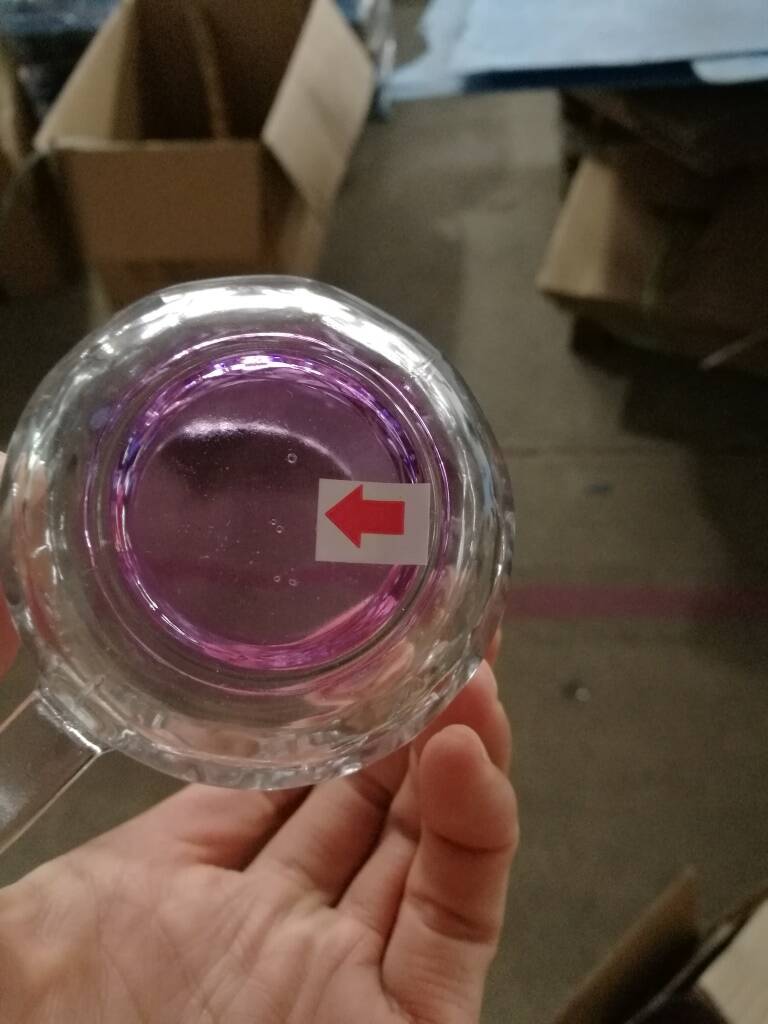Why do glassware have bubbles?
Pulished on Apr. 09, 2019It is well known that glass raw material generally contain 15%-18% gas rate. Because that there will have a series of chemical reactions during the melting process of glass raw material in furnace, it will release a large number of gases, especially the decomposition gases such as carbonate, sulfate and nitrate. These gases in glassware usually precipitate a large amount of liquid glass before clarifying and escaping into the atmosphere of kiln, but a small part still exists in the liquid glass, that is to say, bubbles are formed. Through clarification, this part of the bubbles can be discharged from the glassware. But in the production process, due to various reasons, sometimes after the clarification of the glass, some bubbles have not been completely discharged. As a result, these bubbles remain in the glassware. This kind of bubbles are generally called primary bubbles, also known as residual bubbles.

There are many reasons for primary bubbles appearing in glassware. For example, if quartz sand in the batch is uneven, the particle size of each component in the batch varies greatly, and when the gas rate of the batch is too small or too large, it is easy to produce bubbles. From the theory of glass melting, the finer the grain size of quartz sand is, the easier it melts. However, in practical production, the finer quartz sand will form a high viscosity melt rich in Sioz in the early stage of melting, which hinders the gas discharge from the batch in the melting process, thus affecting the glass clarification process. The granularity of each component in the batch varies greatly, which not only causes the transport process of the batch to be stratified, but also affects the melting speed of the glass melt. For example, fine-grained calcite and limestone can make glassware produce many tiny bubbles. In borosilicate glass, when potassium feldspar is introduced as the raw material of A12 03, excessive fine potassium feldspar can accelerate the melting rate of glass. The mixture gas rate is small, the glass liquid boils insufficiently in the melting process, which is not conducive to the discharge of bubbles and the gas rate is too large. Although the boiling is strong, the gas discharge takes a long time, it is not good for discharging bubbles. The gas rate of glass batch for ordinary utensils is controlled at about 16%, which is beneficial to the discharge and clarification of bubbles. The types and dosages of clarifiers have a great influence on the clarification of glass liquor.










